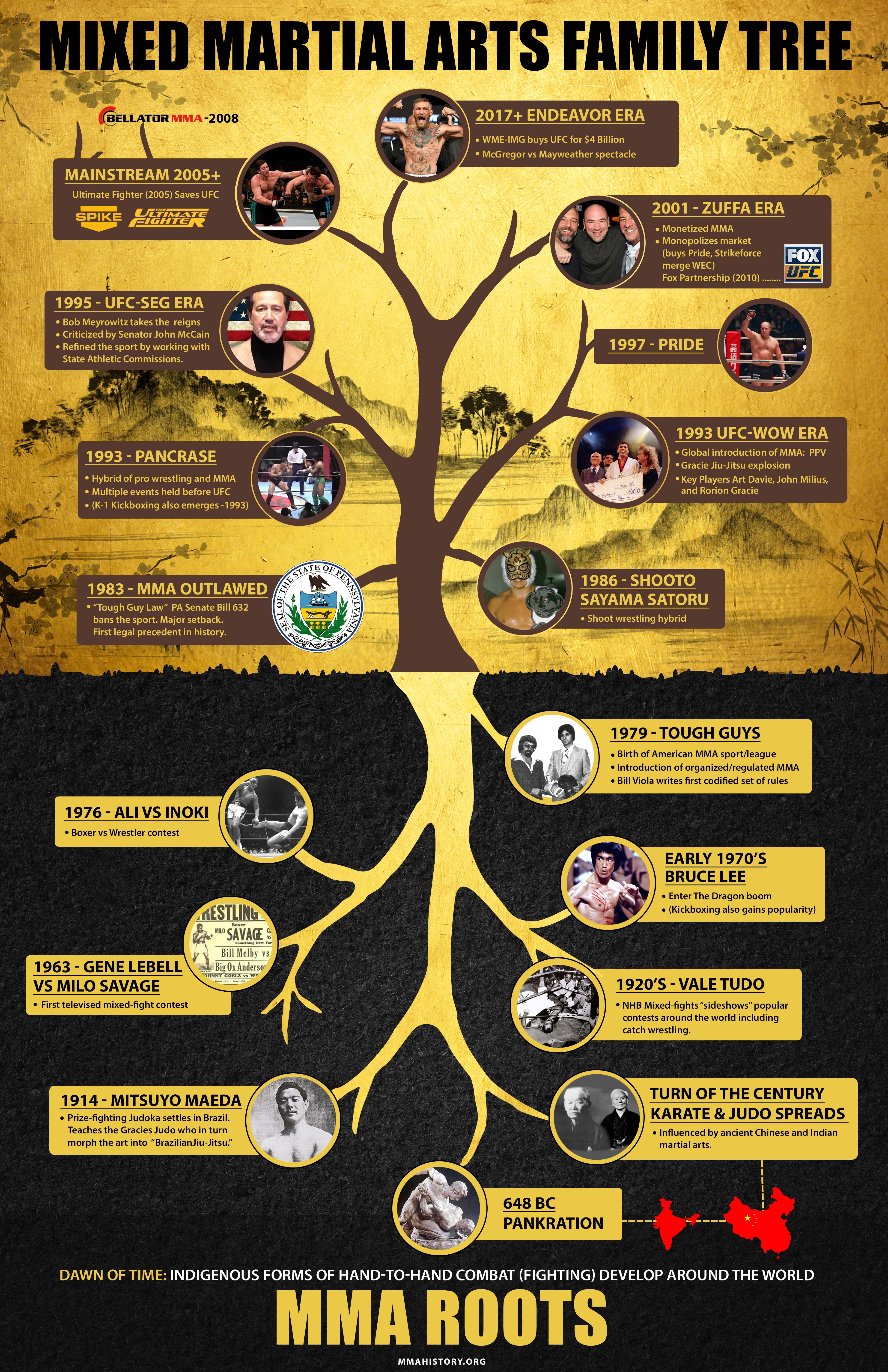A Comparative Research Study Of Conventional Martial Arts And Modern Battle Sports: Highlighting The Necessary Differences
A Comparative Research Study Of Conventional Martial Arts And Modern Battle Sports: Highlighting The Necessary Differences
Blog Article
Article Developed By-Valentine Haagensen
When you think about martial arts, do you lean extra toward the typical practices or the modern-day battle sports? source website provides one-of-a-kind benefits and experiences, shaped by their ideologies and training methods. Traditional martial arts stress individual development and discipline, while contemporary battle sports focus on competitors and performance. Understanding these differences can lead you in picking the appropriate approach for your journey. Yet just how do these distinctions materialize in training and ideology?
The Ideology and History Behind Standard Martial arts
While many individuals associate martial arts with physical combat, the ideology and history behind traditional martial arts run much deeper. You'll locate that these disciplines highlight individual development, technique, and regard.
Originating from old practices, typical martial arts were frequently developed for Self-Defense and spiritual development. They symbolize concepts such as balance, harmony, and self-discipline, guiding practitioners beyond mere combating skills.
As you train, you'll not just learn techniques yet also acquire understandings into the culture and worths that shaped these arts. The routines and customs, often passed down via generations, promote a feeling of community and belonging.
The Competitive Nature of Modern Combat Sports
Modern battle sports have changed the landscape of martial arts into a very affordable field, where athletes face off in an examination of ability, method, and endurance.
You'll see that competitors are frequently organized with rigorous policies and laws, making certain fair game and safety and security. These events draw in big target markets, fueling the excitement and intensity of competitions.
Professional athletes train carefully, not just for physical expertise yet also for psychological sturdiness, knowing that every information counts in the ring. The adrenaline thrill during competitions is apparent, as fighters press their restrictions to claim success.
https://bestcombinationofmartiala19753.blogsmine.com/35496083/embarking-on-the-trip-to-martial-arts-mastery-an-overview-to-advancing-via-the-belts and creativity entailed, making modern-day combat sports a thrilling spectacle that remains to progress and captivate fanatics all over the world.
Training Approaches and Methods: A Comparative Evaluation
The affordable atmosphere of modern battle sporting activities demands ingenious training techniques that differ substantially from traditional martial arts.
In modern training, you'll focus on details methods, sparring, and conditioning, often using drills that simulate real battle circumstances. You'll see an emphasis on measurable efficiency and frequent competition to examine your skills.
On the other hand, standard martial arts focus on forms, katas, and thoughtful mentors, usually emphasizing discipline and regard over competitors.
Training is normally much less intense and may involve repetitive method rather than real-time sparring.
While both strategies construct ability and fitness, modern combat sports offer a much more dynamic and adaptable training setting, preparing you for prompt difficulties in the ring or cage.
Pick the path that straightens with your objectives and passions.
Final thought
In selecting between conventional martial arts and modern-day combat sports, it actually boils down to what you value most. If you're trying to find personal growth, discipline, and a sense of area, standard arts might be your best fit. But if you thrive on competition and real-time challenges, contemporary battle sporting activities could be the means to go. Inevitably, both paths provide one-of-a-kind advantages, so it's everything about aligning your training with your personal goals and interests.
